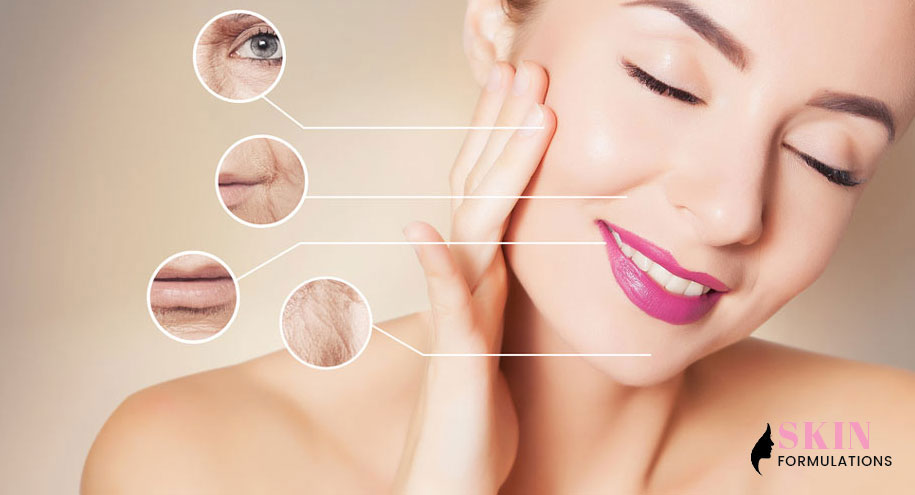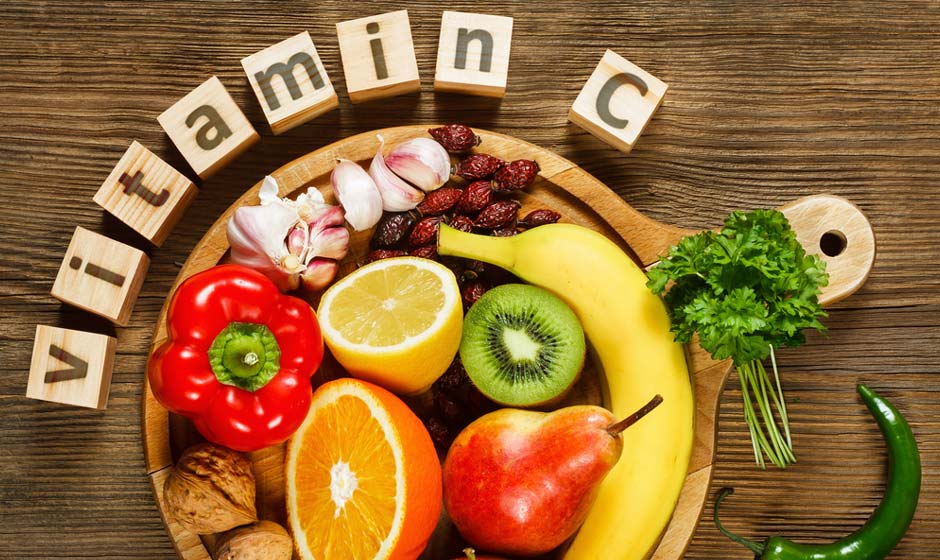How to Look Younger Naturally: 3 Ways Reverse Aging Process
Aging is a fact of life, but that doesn’t mean you need to just surrender to the process. Fine lines and the other first signs of aging can be reduced, even repaired, in ways that are natural, gentle, and non-invasive.

Reverse Aging Naturally
Aging is unavoidable, but there is an amazing spectrum of how it affects each of us individually. Some reach their golden years, looking and acting years younger than their chronological age, while others appear tired, dull, and more mature than their years. Looking in the mirror and accepting those wrinkles isn’t an easy thing to do, but the only alternative seems to be invasive, expensive cosmetic procedures.
The truth is that these procedures help reduce the signs of aging, but there are so many ways to support your skin in more natural, gentle ways. No matter what age you are, or what state of health your skin is in currently, there are natural steps you can take today to reduce the signs of aging as part of the best skincare routine you can build.
3 Easy, Natural Steps to Reduce Fine Lines and Wrinkles
1. Fruits and Vegetables
If you want beautiful, youthful-looking skin on the outside, you have to nourish it from the inside. Adding more fruits and vegetables to your daily diet is a delicious and easy way to accomplish and will leave your skin vibrant and radiant looking.
Fruits and vegetables that are high in nutrients such as vitamin A, vitamin C, and vitamin D help support and improve collagen and elastin, while minimizing the effects of oxidative stress. You’ll also notice that once you swap out processed foods for fruits and vegetables, like berries, leafy greens, carrots, and citrus, your skin will look brighter, plumper, and more youthful.
2. Olive Oil

Olive oil is rich in healthy fats, and it is considered a good addition to a healthy diet. You’ve probably heard of its protective effects against cardiovascular disease, but did you know that olive oil is also good for your skin? One study found a link between diet and wrinkles, with olive oil emerging as one of the effective anti-aging foods.
Olive oil is high in compounds that protect the skin and enhance collagen production. As we mature, collagen production naturally declines, leading to a loss of firmness and elasticity. Supporting collagen production naturally is one of the best things you can do for your skin.
Research suggests that consuming olive oil may protect the skin from developing more wrinkles. Olive oil and its byproducts, like the stems and leaves, contain compounds that can increase collagen levels.
Of course, everything in moderation is the key here. Olive oil is high in calories and fat, so you don’t want to overdo it. Try cooking with olive oil instead of other types of oil, make your salad dressings using olive oil and vinegar, or do a quick swap of olive oil instead of butter drizzled on cooked vegetables, potatoes, or with herbs on bread.
3. Massage
We think of massage as being a relaxing and therapeutic treatment for the body, but it can be equally beneficial for facial and skin health. Gently massaging your face, either with a device specifically designed to massage delicate facial tissue or with your fingertips, stimulates the production of certain proteins that are important for skin health.
The effects go deeper than this, however. Massage can temporarily produce very mild swelling, filling in those fine lines. It’s also relaxing and feels great, which reduces stress and the detrimental effects it has on your skin.
Massage can also improve blood circulation throughout the body. Increased blood flow can help eliminate toxins and promote the growth of new, healthy cells. The way to do it is simple, yet, it could equal the benefit of the best skincare routine you had probably already known.

Living an Anti-Aging Lifestyle
These three steps for reducing wrinkles are a great starting point, but there are other natural steps you can take to further improve your skin health and slow down the hands of time. It’s surprising how much simple lifestyle choices can show in our skin. To slow down visual signs of aging, take a look at how you can change some of the lifestyle habits that may have you looking and feeling older than you are.
- If you smoke, quit now. Smoking has a direct effect on your skin and its appearance.
- Eliminate processed foods and refined sugars, both of which cause skin-damaging inflammation.
- Get plenty of rest. Even modest amounts of sleep deprivation will make themselves known on your skin.
- Reduce stress. Stress increases cortisol levels, which can damage your skin’s support structures.
- Hydrate. Drink plenty of water to keep your body hydrated and your skin plump and youthful-looking.
FAQs on Aging and Skincare
1] Do fine lines become wrinkles?
Fine lines may eventually become wrinkles, but it can take significantly longer for this to happen if you care for your skin properly. The earlier you catch fine lines, the better chance you have to minimize their appearance and reverse the damage that caused them.
2] At what age do fine lines appear?
The first appearance of fine lines depends on several different factors, including lifestyle habits, how well you care for your skin, sun exposure, and genetics. There’s no way to tell exactly when the first signs of aging will appear, but for most people, it happens sometime in their early to mid-30s. Some people will begin to notice fine lines as early as their late 20s, while others will barely see any changes until their 40s
3] How can I prevent aging skin?
No matter how old you are, it’s never too late (or too early) to protect your skin from the signs of aging. Your prevention is by adopting a regular skincare routine that’s designed for your skin type.
Skincare should include cleansing, moisturizing, exfoliation, and regular sunscreen use. We know that sun exposure does affect how the skin ages; however, we’re still learning all the different ways that UV exposure affects the skin. We do know that UV exposure can break down collagen and elastin, which leads to loss of firmness and elasticity.
4] What is the best vitamin for the wrinkles?

Vitamin C is a vitamin that does wonders for your skin, inside and out. The outermost layer of your skin contains high levels of vitamin C, which assists in collagen production and protects your skin from oxidative stress. This is why the best skincare routine for aging skin takes advantage of products that contain this powerful vitamin.
When consumed, vitamin C offers protective antioxidant properties. It helps fight the signs of aging by preventing the effects of free radical damage within the skin, improves the effectiveness of sunscreen, and supports natural collagen synthesis.
5] Are fine lines permanent?
Everyone’s skin ages differently, but fine lines are something that can’t be avoided forever. Short of more invasive procedures, there isn’t a magical cure that will make those facial lines disappear. However, there are steps you can take to minimize their appearance, reverse the damage, and slow down the aging process.
Keeping your skin hydrated and moisturized, protecting it from the sun, regular exfoliation, and nourishing your skin from the inside out can help minimize the appearance of fine lines. Dermatological procedures, including peels, injections, laser treatments, and surgical options can work to reduce early signs of aging.
Bottom Line
Slowing down the hands of time on your skin and reducing the appearance of fine lines and wrinkles do not require expensive, invasive procedures. Your body already has everything it needs to support skin health and vitality. It just needs your help in making it happen.
Take care of your skin every day, nourish it, and pamper yourself often. The best skincare routine can be created with the use of natural methods. Making smart choices and living a beautiful life will provide a more youthful-looking face and a more youthful outlook on life.







